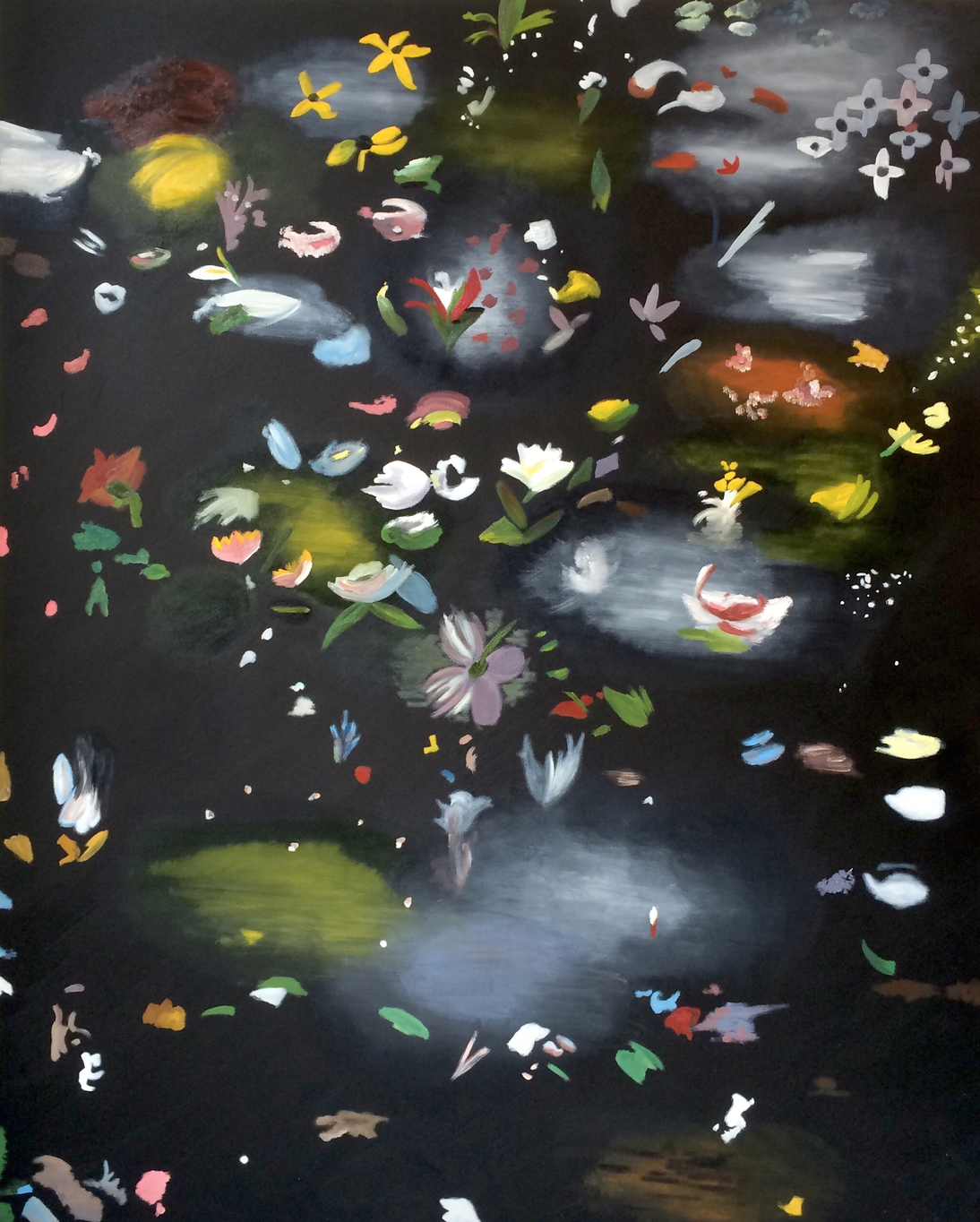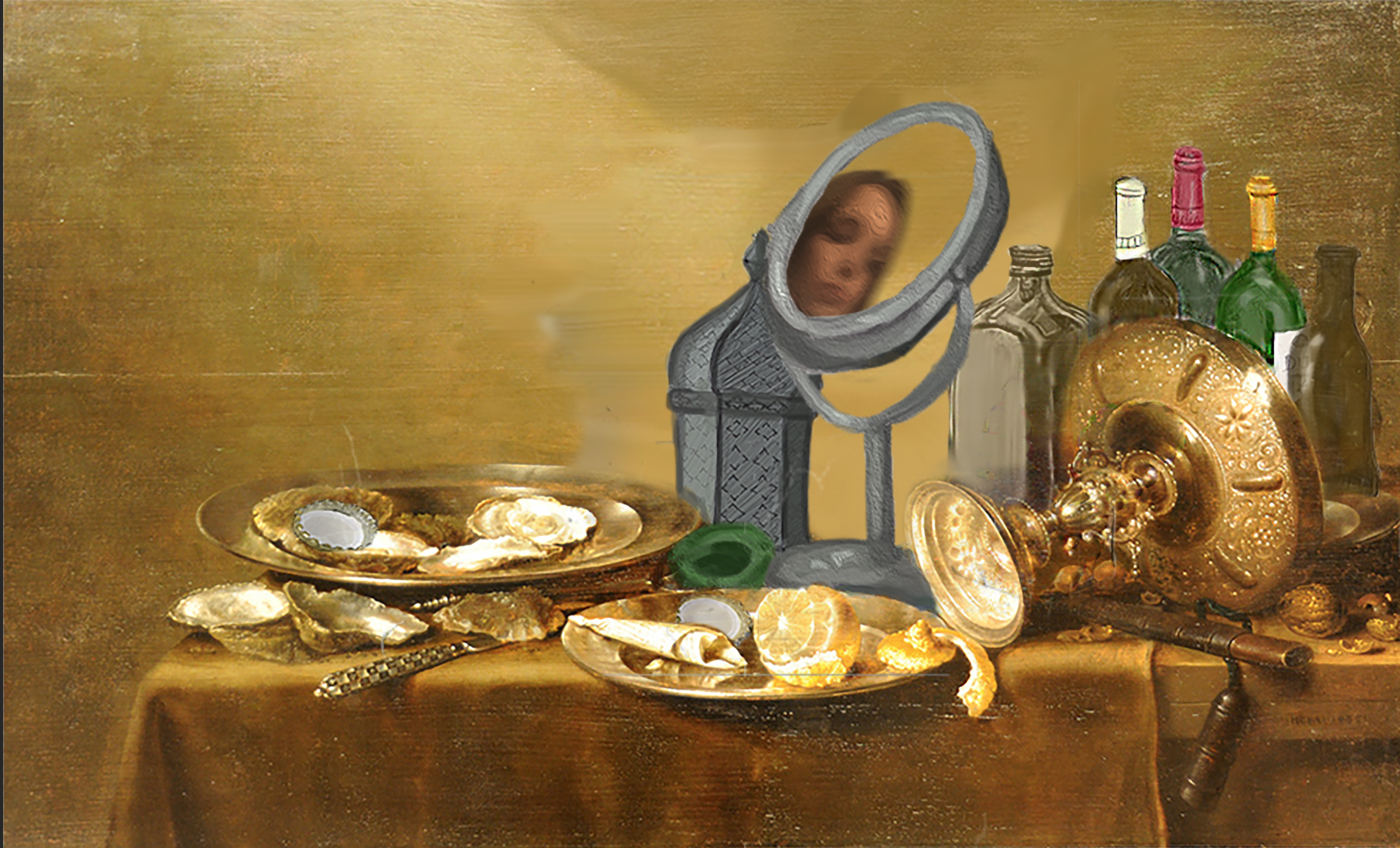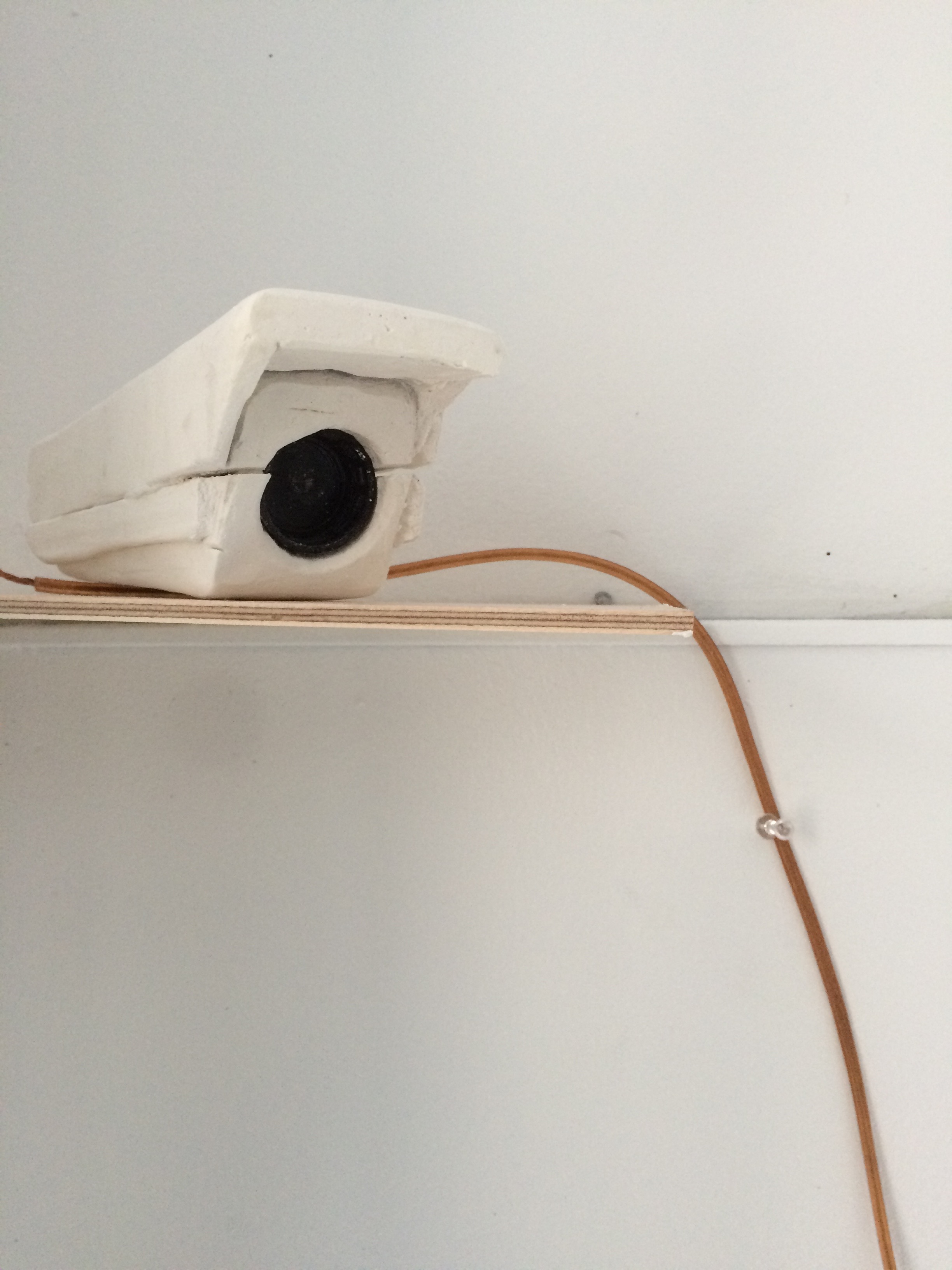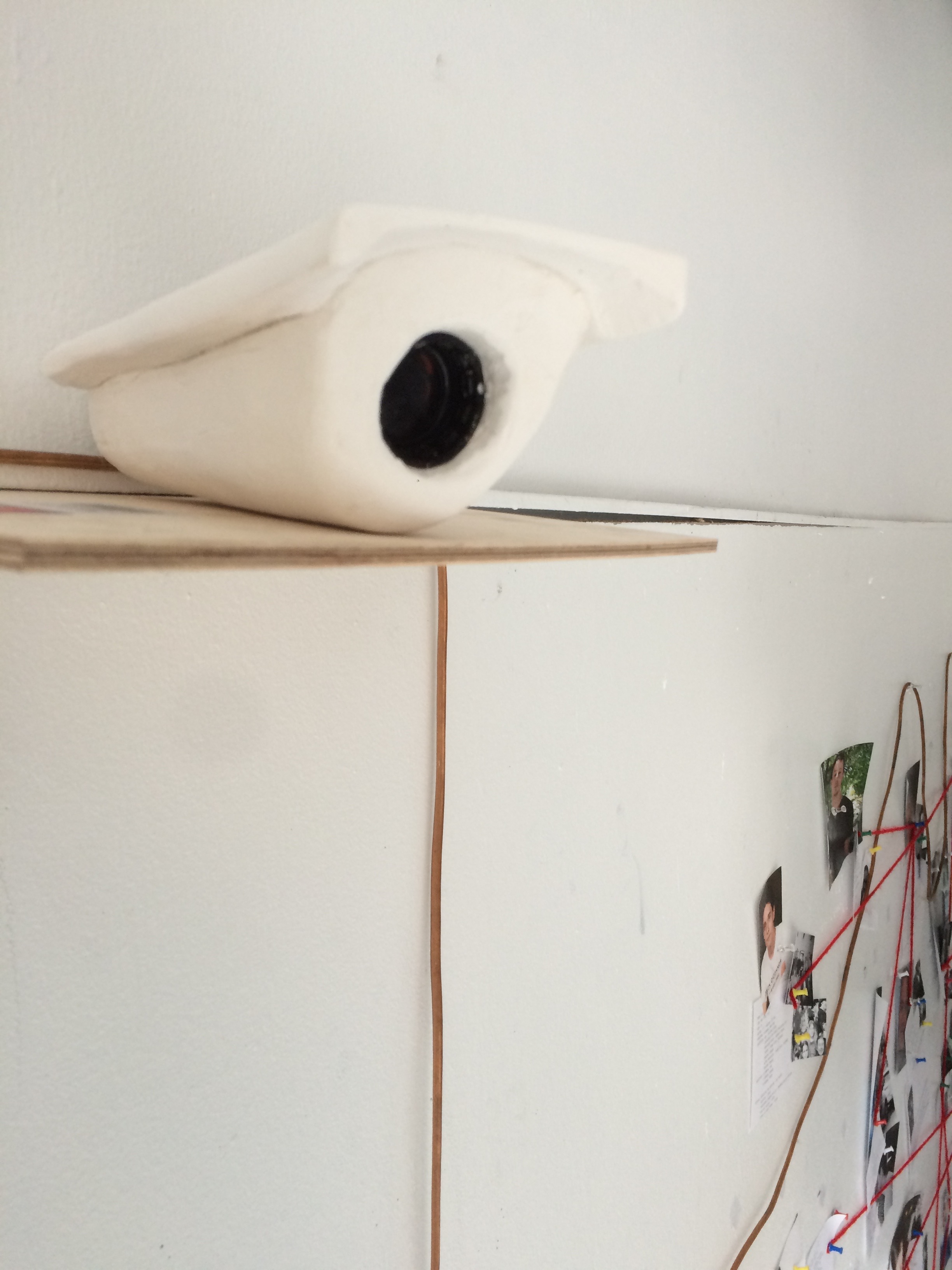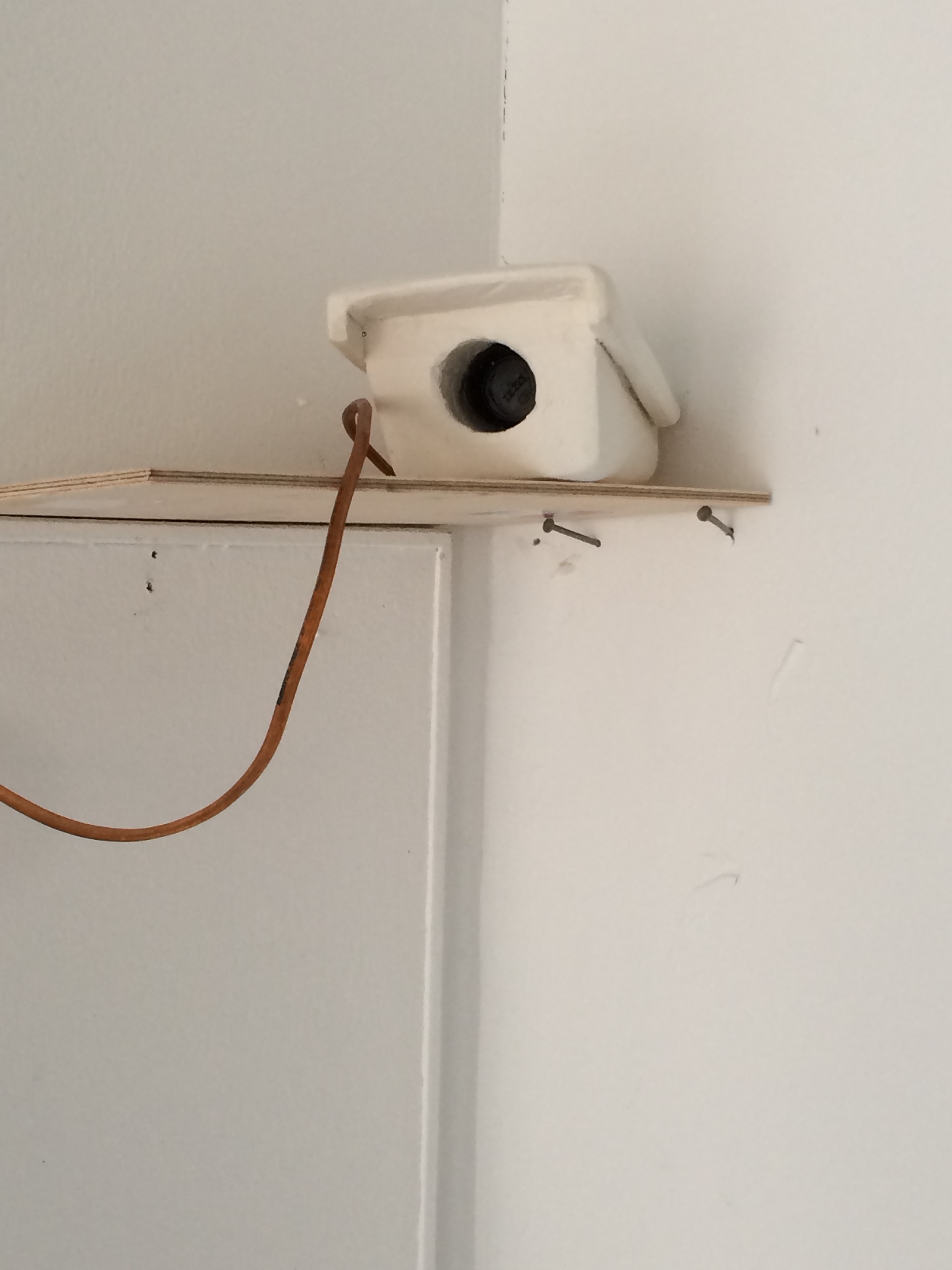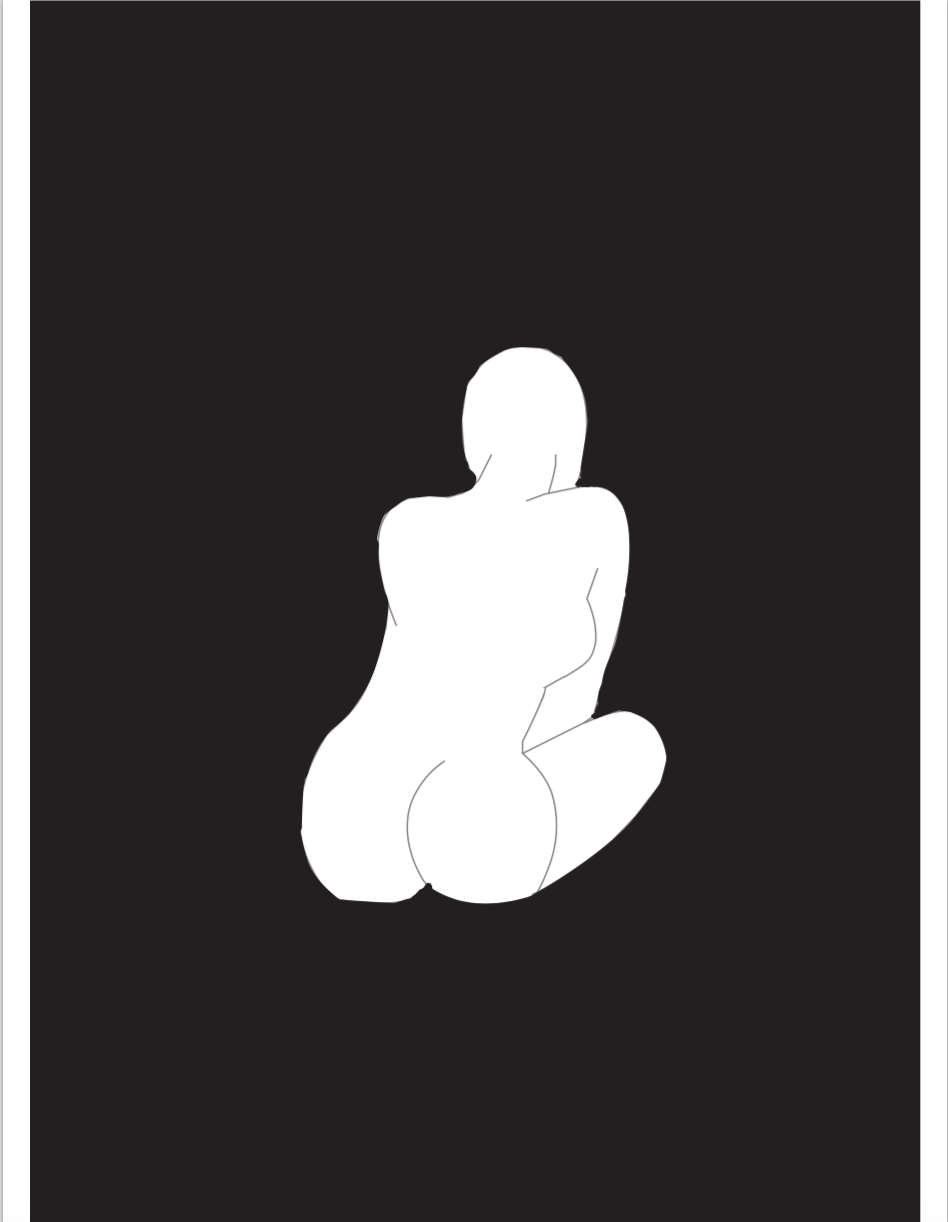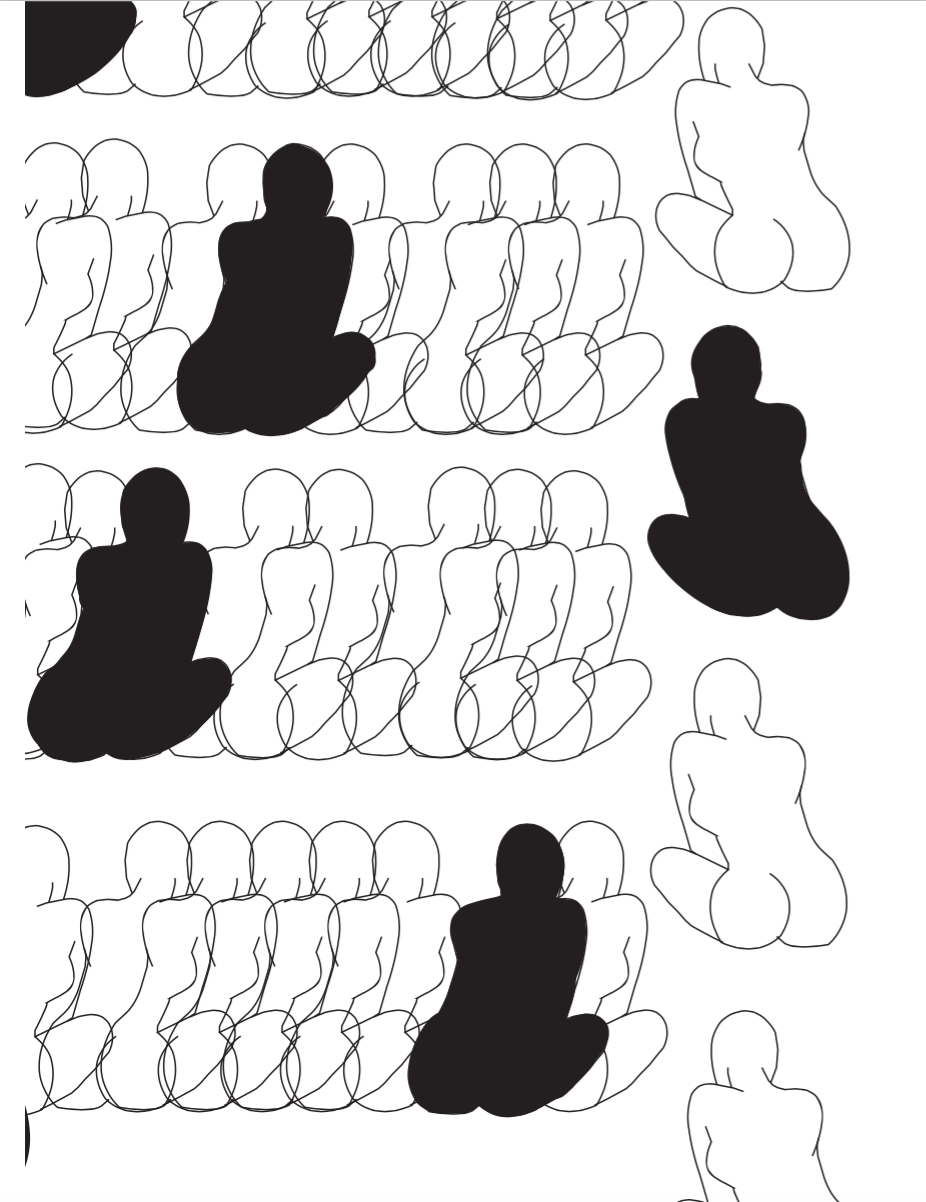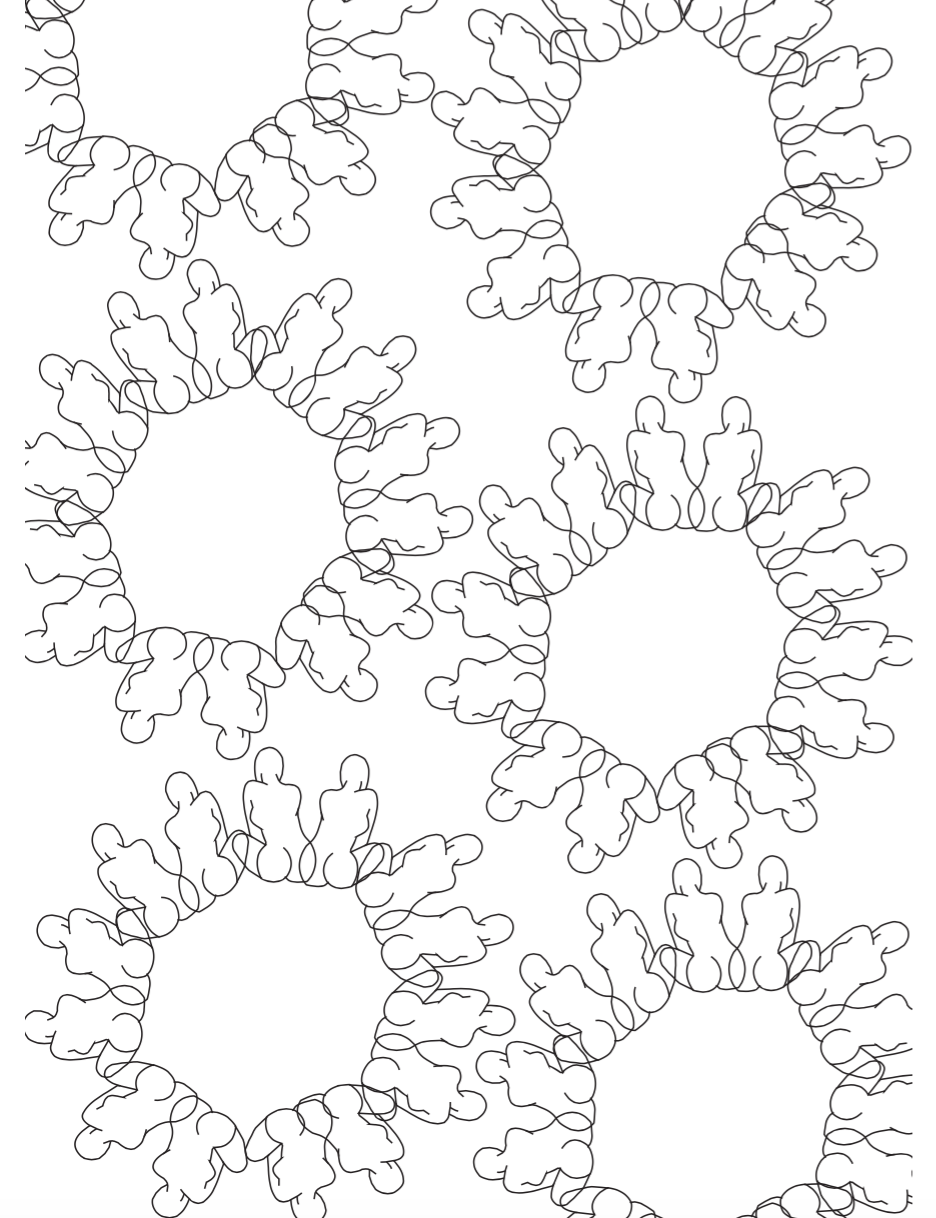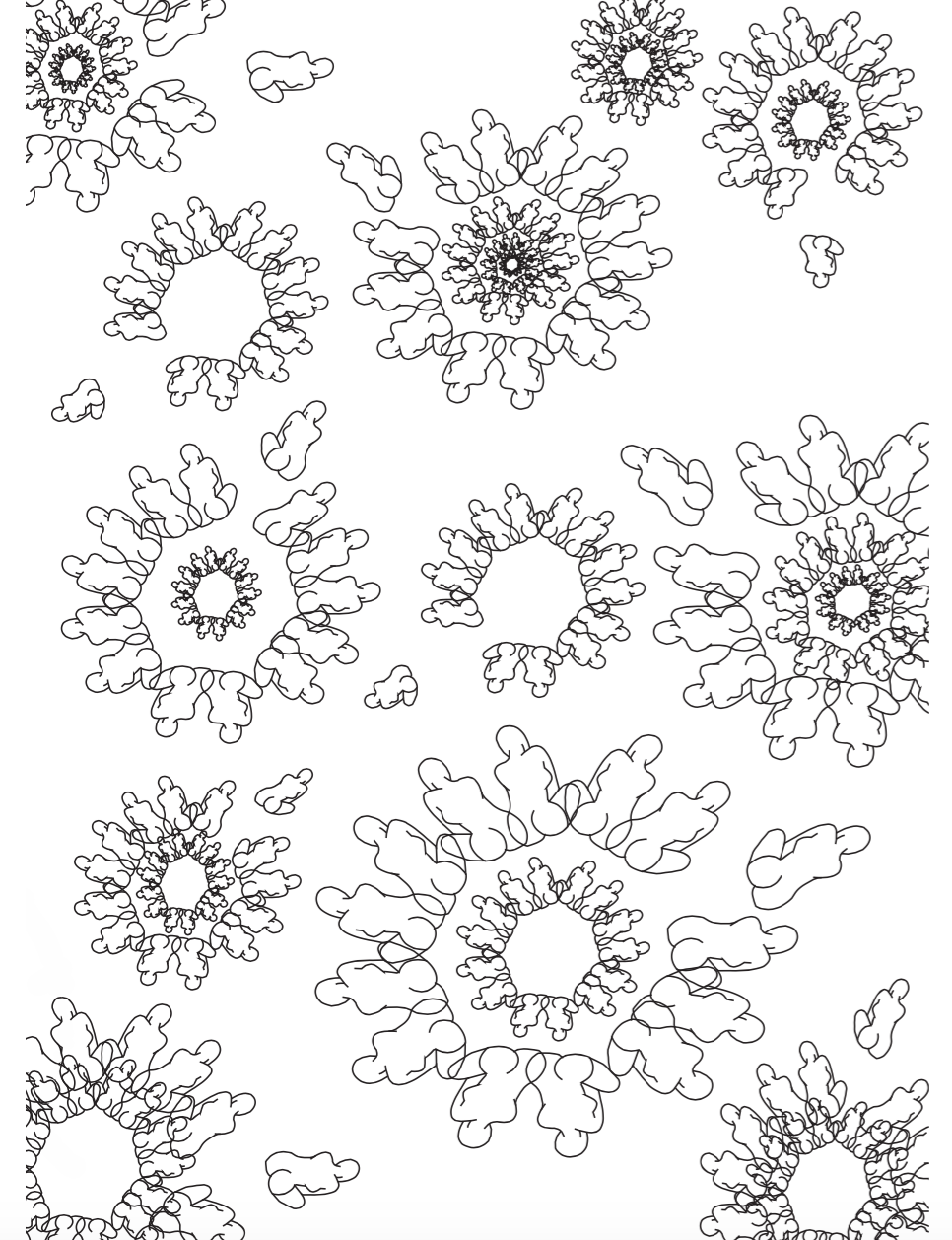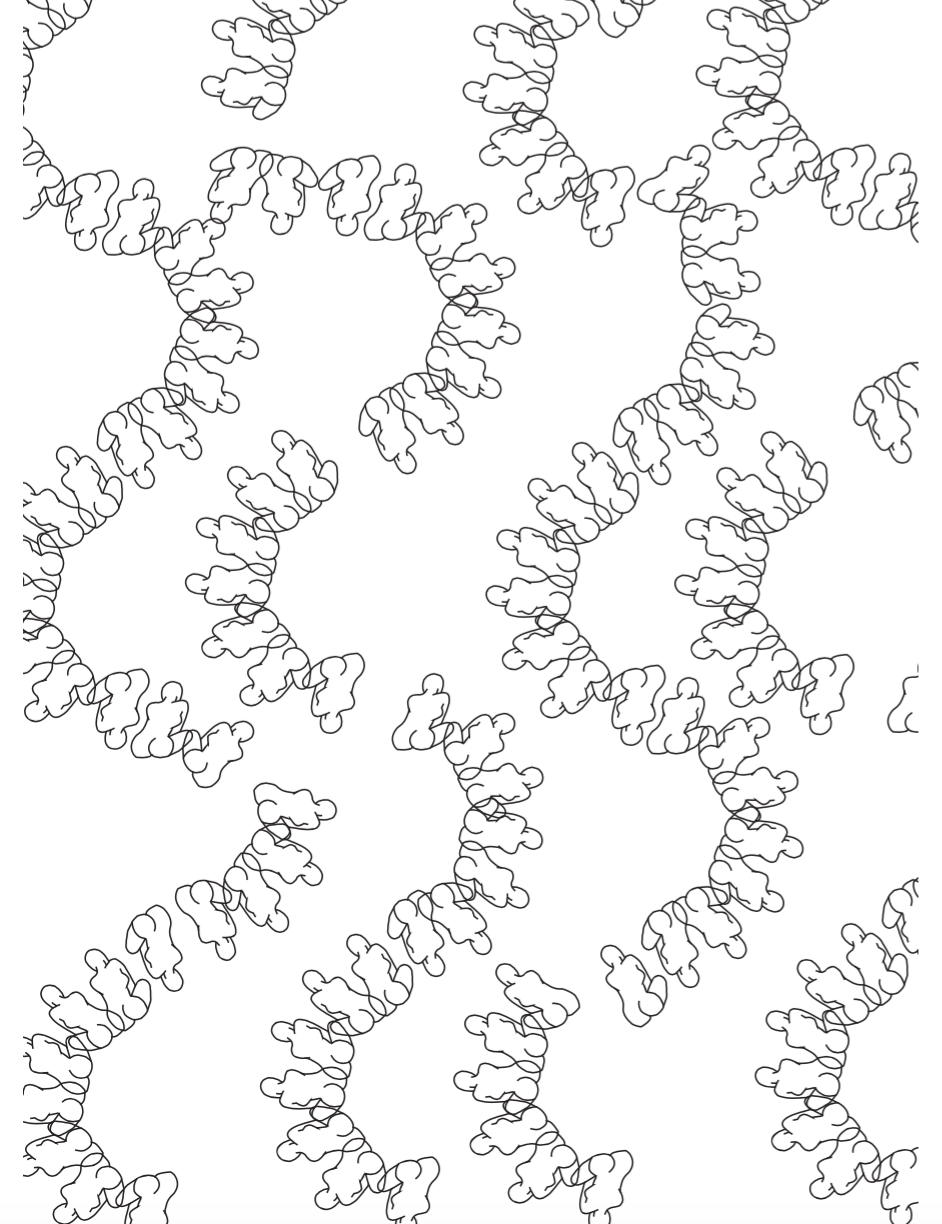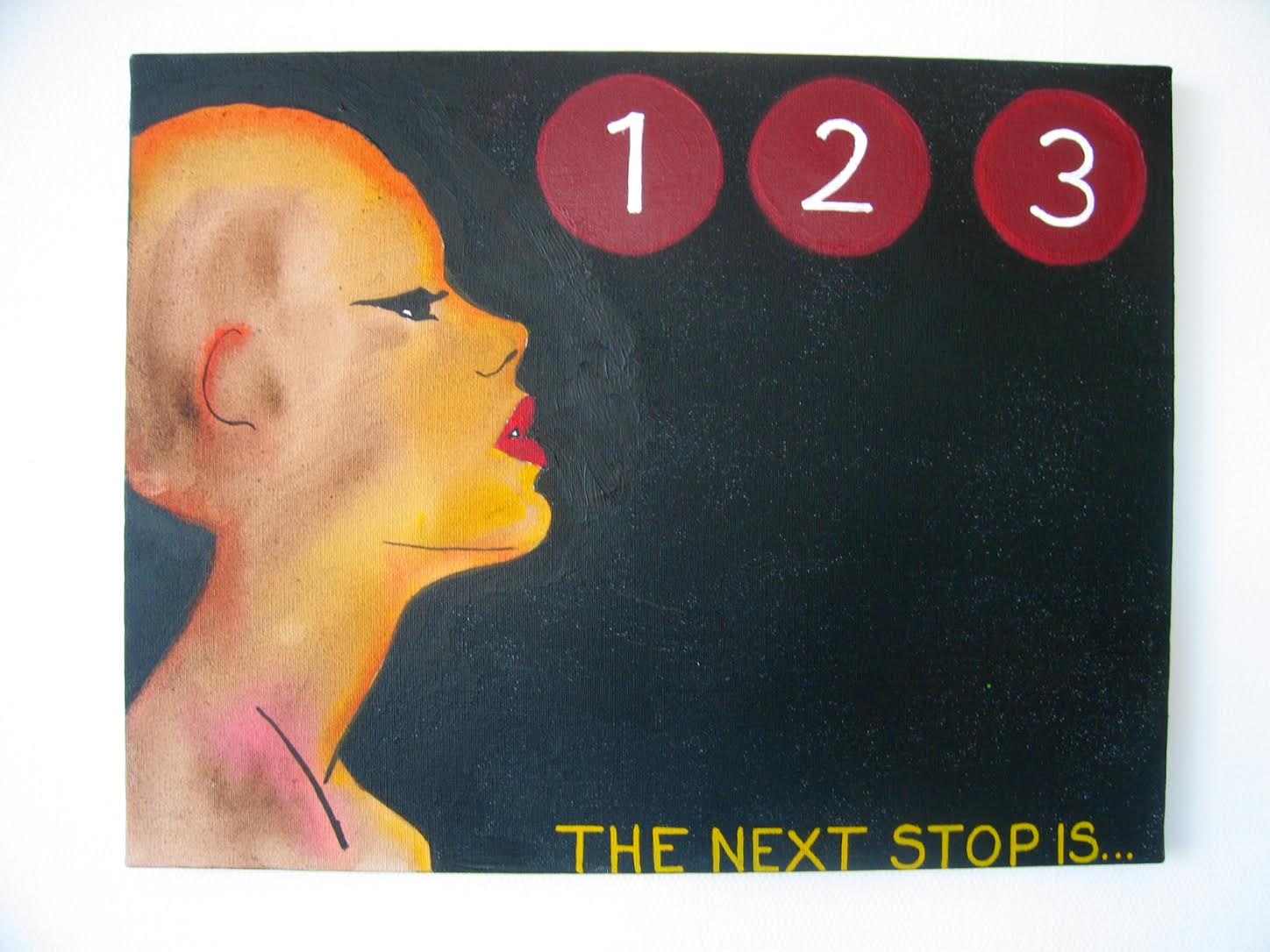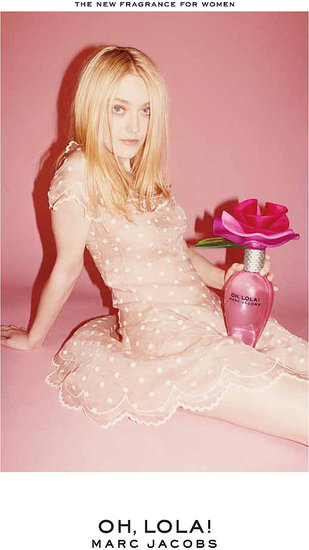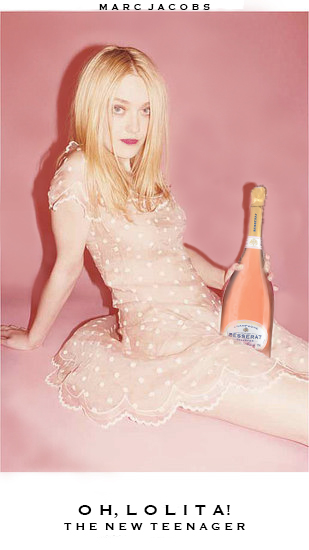





The Syrian Refugee crisis has been a cause for debate across the world. With asylum seekers trekking through Europe in the last few months, the reaction has varied significantly, but no country has shocked us more than Denmark.
Denmark is a progressive country and is known for it’s impressive welfare safety net, their 35-hour work week, paid maternity and paternity leave and high quality of life. In fact, Denmark is often a country mentioned during the Democratic primaries when discussing ways to reform the American government, with Bernie Sanders specifically using Denmark as a model government (although we are not quite as socialist as he makes us sound). When Sweden then opened its doors to asylum seekers it meant that they would have to travel through Denmark via Germany in order to get to their final destination. In turn, the new conservative regime in Denmark that was recently put in to place responded by discouraging refugees from coming to Denmark by changing their immigration policies (i.e. asylum seekers must wait three years before their families can join them), as a way to encourage people to move on with their journeys and not settle. Sweden quickly noticed that the rate of which they were taking in refugees would inevitably strain their resources and decided to close their borders temporarily, leaving a large group of refugees stranded in Denmark. The Danish People’s Party caused further uproar from humanitarian associations when they then announced that asylum seekers would be required to declare their items, and would possibly have to surrender personal items in order to pay for their accommodation, and later voicing suggestions as to implement a meal plan in primary schools that require pork to be included in daily meals. Overall, the response to these suggestions have been negative, but as more time has passed, other European countries are taking precautions to keep refugees out.
I remember when I first heard about the negative advertising Denmark had put out, and felt deeply ashamed, much like when we were in the spotlight for the Mohammed Cartoons. I’m normally incredibly proud of my nationality and happily defend our socioeconomic structure as a well-functioning and generous system that all other countries should follow. However, our last election left me incredibly disappointed and surprised, the same goes for virtually every Danish person that I know. In Copenhagen, everyone is incredibly progressive and forward thinking, even very culturally literate, yet somehow we ended up voting in one of the most conservative political parties. This was also the first time I had ever been publicly shamed for my nationality when a woman at work asked where I was from, and proceeded to tell me how awful me and ‘my people’ were. I apologized and told her I completely agreed with her opinion. The tactics that were used can only be described as heartless and offensive.
In contrast, we are also a very small country, with about 5.7 million inhabitants. We’re homogenous, and we’re raised with a collective mentality of considering the ‘we’ rather than the ‘I’ in most situations. From purely a logical perspective, there is no way that a country as small as Denmark would have the capacity to take in a majority share of refugees without causing serious outrage and completely draining their resources. People like my parents get taxed up to 60% on their income, happily accepting a life that likely wont lead them out of the middle class (as opposed to the mentality that exists here of ‘the American dream’) but knowing that no matter what happens, they will never be neglected by the government. As someone who benefits a lot from the Danish system both in terms of educational funding and free healthcare, the idea of that being disturbed or corrupted due to overpopulation is a frightening thought. I think Denmark has a humanitarian responsibility to take in a percentage of refugees determined by our current population, but I’m simultaneously protective of the well-oiled machine that our society functions as, and allowing it to crumble would be a step in the wrong direction as we serve as a shining example of a welfare state.






